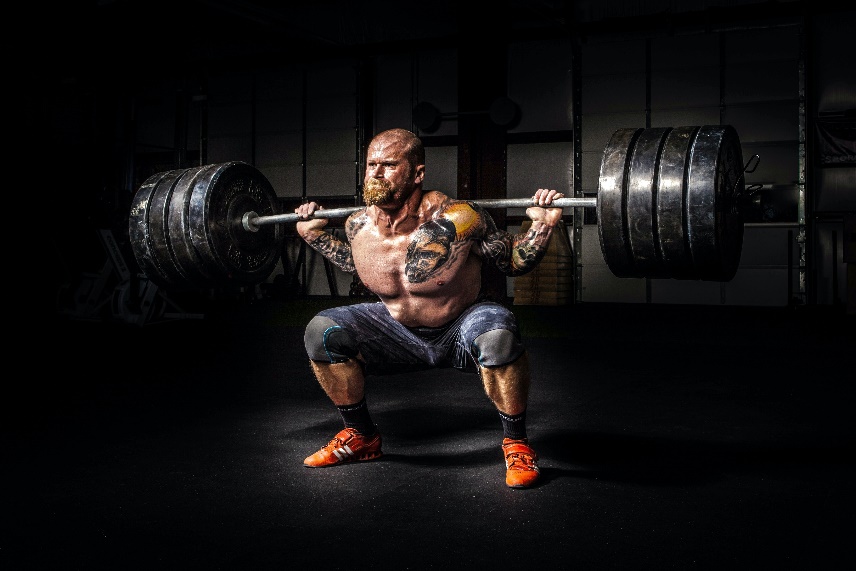Volume vs. Intensity in Weight Training
 In resistance training or weight training, there are two different ways of building your workouts, and each delivers different results in terms of muscle growth or personal fitness.
In resistance training or weight training, there are two different ways of building your workouts, and each delivers different results in terms of muscle growth or personal fitness.
The term volume describes how much work you do, in terms of weight training. This can be the number of repetitions, or “reps” that you perform of an exercise or muscle group. Intensity describes the effort or difficulty of an exercise, usually based on the amount of weight that is lifted.
To illustrate this, take squats as an example. If you do 8 reps with 100 pounds, then you increase to 12 reps, but the weight remains the same, then you have increased the volume. If you do 8 reps, but then later increase the weight to 120 pounds, you have increased the intensity. These two different training styles yield different outcomes for hypertrophy (muscle growth) and fitness.
Generally, increasing your volume while exercise can improve fitness and endurance. Increasing workout intensity can build lean muscle mass and strength. However, this is not a strict rule, and there are other factors which can affect muscle mass or fitness.
In the case of increasing the volume of your squats, the higher volume and increased reps requires harder work from your heart and lungs. As your body adapts to the changes in volume, your endurance and cardiovascular fitness. Your body may gain some strength and a small amount of muscle, but there is not as much potential for increasing muscle size compared to increasing intensity.
There are different ways to measure volume, such as the hours or minutes you train at the highest level (say a Stairmaster or treadmill), or the number of reps and sets you do in a workout. In hybrid training (such as including circuits or intervals), volume might measure both reps and duration.
Alternatively, intensity is measured by either the weight you lift, or the pace you perform an exercise (for example, running). The rate of perceived exertion (RPE) can be used as a generic guide to intensity levels. RPE is generally measured on a scale from 1 to 10, with 1 being no activity and 10 for maximum exertion. Some choose to measure intensity on a Borg scale (scale goes from 6-20).
Muscle mass can easily be measured with tape, calipers, or scales. However, your actual fitness level is based on other factors, like how well your heart and lungs respond to extreme physical exertion. Generally, the intensity of a workout is described as a percentage of your maximum heart rate. That maximums heart rate is the maximum number of heartbeats you experience during one minute of extreme effort.
To estimate your maximum heart rate, subtract your age from 220. Always check with a doctor to determine a safe maximum heart rate if you have history of heart problems, are over 40, or if you have not exercised recently.
 Aim for 65% to 75% of your maximum heart rate to improve your cardiovascular fitness. At these percentages, you are improving your aerobic fitness (which is the body’s ability to use oxygen as fuel for workouts).
Aim for 65% to 75% of your maximum heart rate to improve your cardiovascular fitness. At these percentages, you are improving your aerobic fitness (which is the body’s ability to use oxygen as fuel for workouts).
Essentially, establishing your fitness level is measured by your heart’s response to the intensity or volume of a workout. With knowing your baseline maximum heart rate, you can improve your overall fitness by gradually increasing the intensity or duration of an exercise or activity.
Those who are exceptionally fit or have exercised regularly for a period can train between 80% to 90% of your maximum heart rate. Training in this range will put you bin an anerobic state, where your body utilizes glycogen stores in muscles as opposed to oxygen, to fuel exercise. Being in an anerobic state improves heart and lung function and stimulates muscle growth more than aerobic exercise alone. The combination of volume (duration) and intensity (pace) can help you improve muscle growth and cardiovascular health simultaneously.
- Login to post comments


